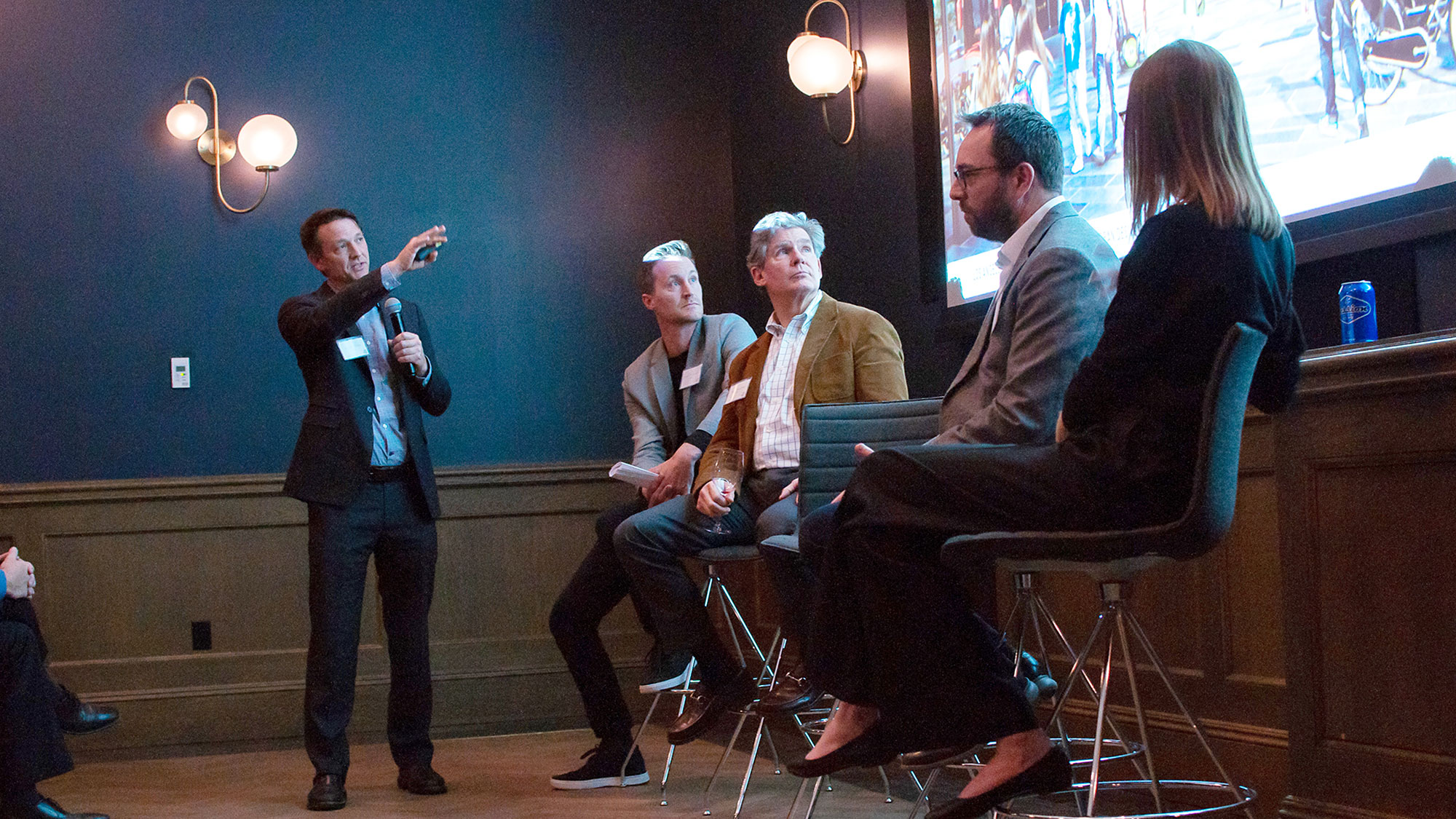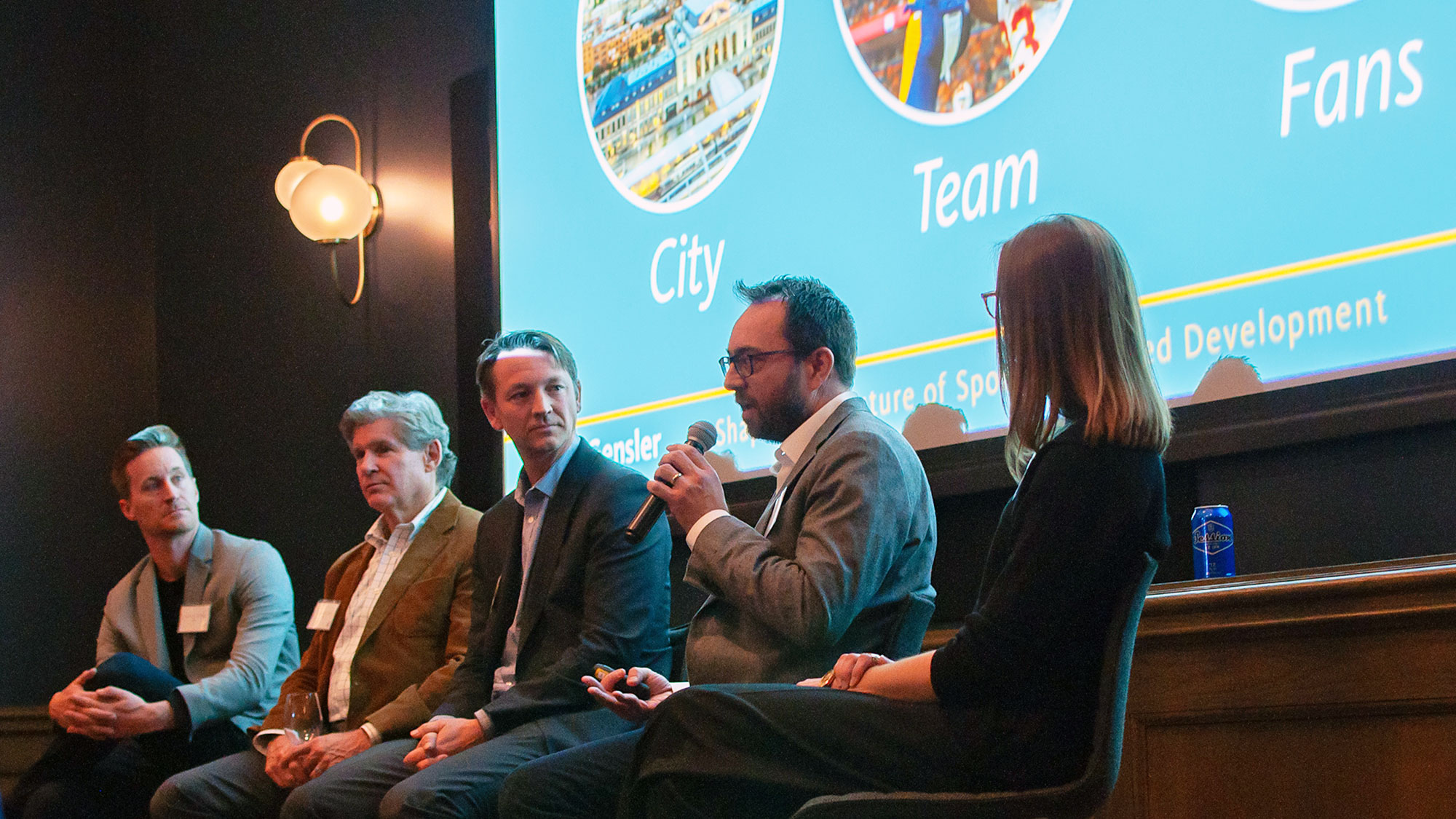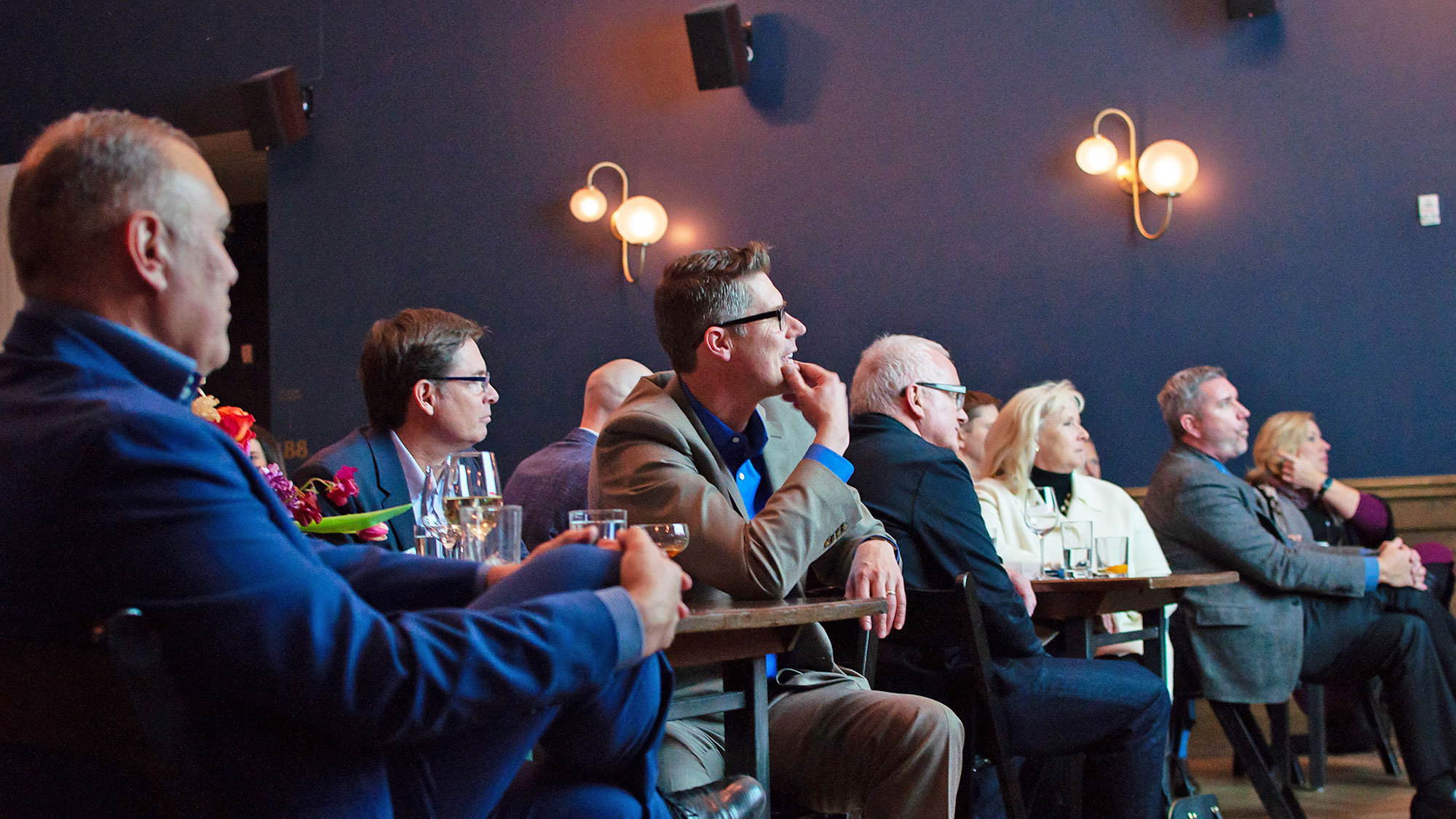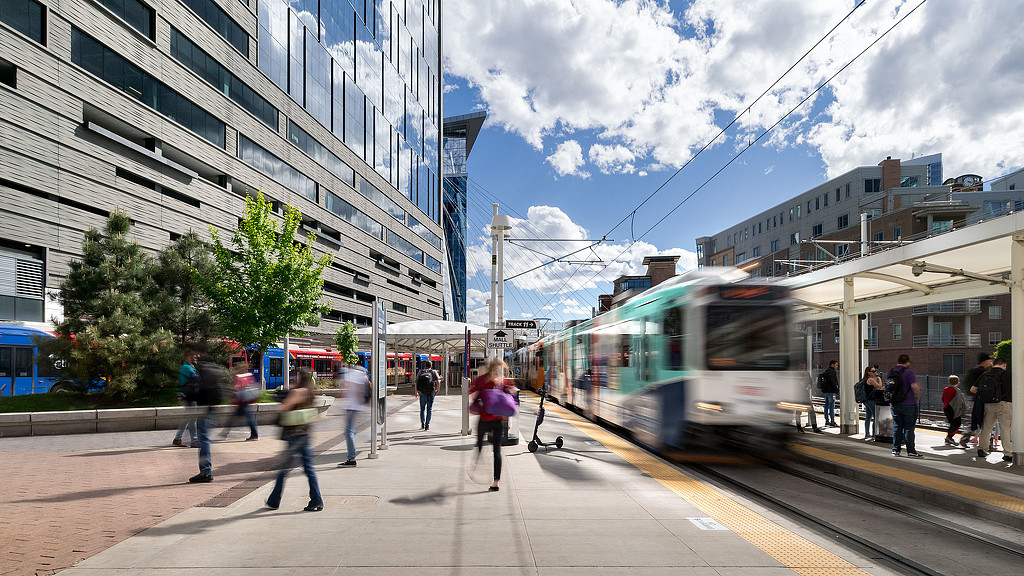Design Forecast Denver: Shaping the Future of Our City
Editor’s note: This post is part of Gensler’s Design Forecast Local, a series of hyper local conversations with our clients about the topics that matter most in our cities.
Across the globe, cities are grappling with pressing issues such as homelessness and affordable housing, access to mobility, and combating climate change. On Jan. 23, 2020, Gensler’s Denver office gathered a group of industry and community leaders for “Shaping the Future of Our City,” to discuss how these challenges are being addressed in other markets, and what Denver can both teach and learn from other cities as we move forward.
The private sector must lean into the public sector in order to help solve critical challenges.
Through a presentation describing the history of urban redevelopment, Gensler Southwest Co-Regional Managing Principal Rob Jernigan challenged the audience on the role that the private sector needs to take towards resolving the issues of homelessness and affordable housing. The companies and residents who continue to populate our downtown urban cores can’t sustain alone — without helping economic diversity thrive in these markets, the services that support day-to-day activities will struggle. It’s time for the private sector to lean into the public sector harder than ever. But while the market will solve most things, a little bit of regulation helps. Here in our own backyard in Denver, the ski industry — with its focus on affordable employee housing — can serve as a case study, acknowledging that a service-dependent industry should support those who serve.

Dylan Jones, who leads Gensler’s Mobility Lab, reinforced the role that mobility places on the physical shape of our cities. And while traditionally, mobility has been perceived simply as various modes of transportation operating along defined paths, Dylan introduced a third, and vital, aspect to mobility: experience. In order for new, and even existing, modes of transportation to be viable they must now offer a competitive experience. This adds additional pressure to both publicly-funded and sustainable modes of transportation; if they cannot deliver a competitive experience, both private and less sustainable modes of transportation will flourish.
Community engagement can be a catalyst for authentic placemaking.Mixed-use entertainment districts are nothing new. However, with the current pace of development, creating authentic places that are representative of their communities has become increasingly more difficult. Through case studies spanning coast to coast, Gensler Sports Leader Jonathan Emmett described how community members representing a city’s diverse culture can provide a catalyst and inspiration for truly authentic places, if harnessed correctly. There must be balance between live, work, and play uses within these developments to allow them to function as a succinct ecosystem. When facilities are designed to represent their communities, authentic and lasting developments can be created. With the appropriate integration of transit, they become places where experiences can be shared across a wide range of economic diversity.

Gensler’s Leila Schey, an architectural designer, shared her experiences living and practicing in the U.K. In London, the U.K. Parliament refers to climate change as an “environmental and climate emergency.” The U.K.’s holistic approach to sustainability goes beyond just carbon to include embodied energy, biodiversity, mobility, and health & wellness. All new buildings there are on a path to being required to meet net-zero goals by 2030, with all buildings needing to reach these goals by 2050. An evening that started with the suggestion that the market and private development can, and should, take the lead in solving some of the most critical challenges facing cities today ended with an example of regulation being the means through which other critical issues need to be addressed.

As we plan for the future of cities, the event served as a reminder that we are not facing these challenges alone. There are examples around the world, both good and bad, that can inform Denver’s future, and vice versa. We are excited to continue this dialogue with our clients on active projects, future endeavors, and in upcoming events.
